To this day, scientists remain unable to explain how the full-body relics of two Zen masters at Dau Pagoda (Hanoi) have remained intact for nearly 400 years - without the use of any embalming techniques.
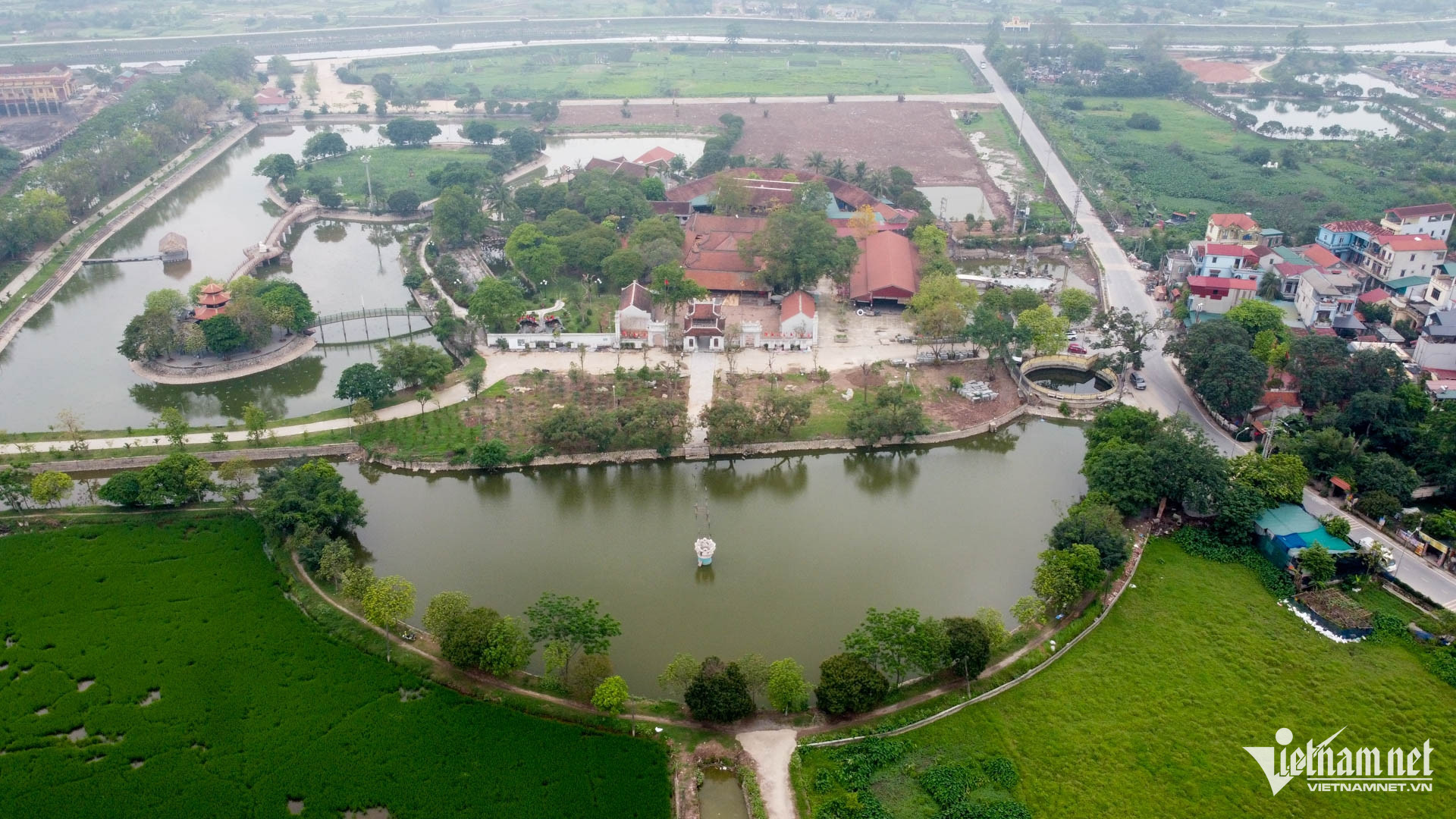
Dau Pagoda sits on a raised mound in the fields of Gia Phuc village, Nguyen Trai commune, Thuong Tin district, approximately 25 kilometers from central Hanoi. This ancient, tranquil temple is shaded by old trees and surrounded by a serene lake.
In summer, the lake blooms with lotus flowers, filling the air with gentle fragrance. At other times, orchids and frangipani flowers lend the grounds their calming scent.
The pagoda notably houses two mummified statues of revered Zen masters, officially recognized as National Treasures in 2016. These relics are considered one of Vietnam’s enduring spiritual and scientific mysteries.
A temple with five names
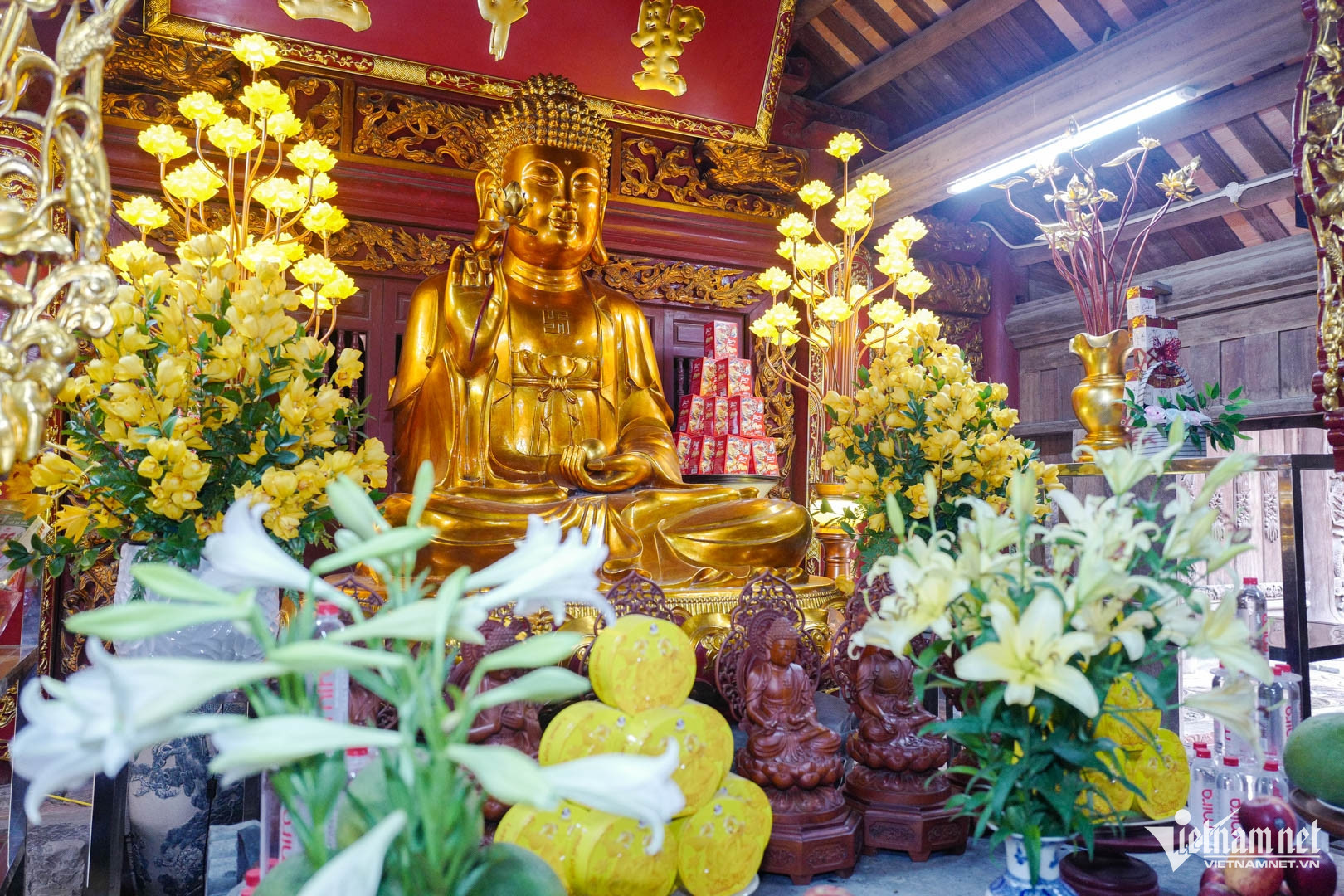
According to Venerable Thich Quang Minh, who has been abbot since 2019, the pagoda was originally named Thanh Dao Tu. An ancient copper manuscript preserved on-site dates its foundation to the 3rd century - around 1,800 years ago.
After the arrival of Great Bodhisattva Phap Vu (a rain deity), it became known as Phap Vu Tu. Reserved for royalty in ancient times, it was nicknamed the “King’s Pagoda.” Some also called it the “Lady’s Pagoda,” as Bodhisattva Phap Vu appears in female form.
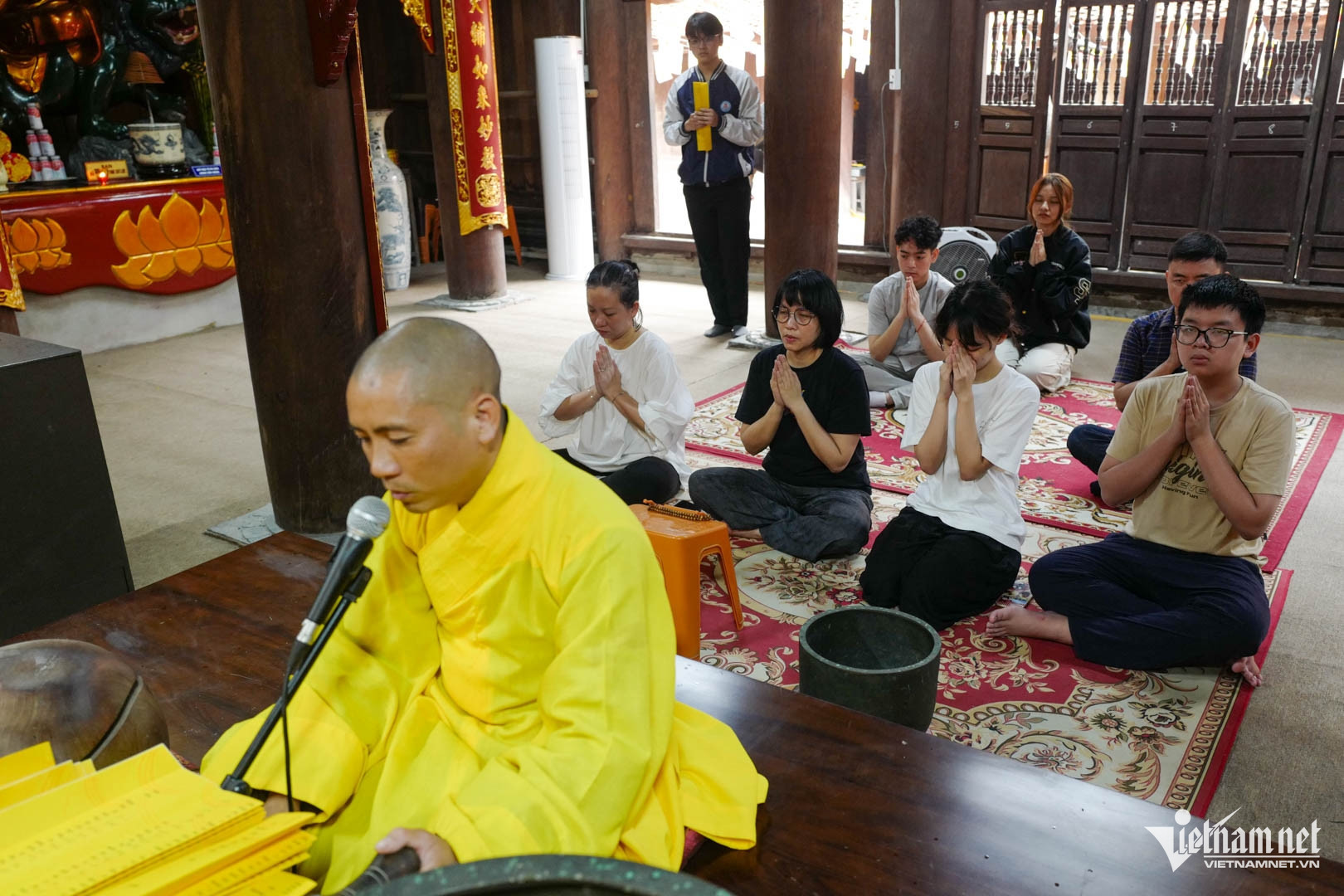
Later, it became popular among scholars seeking exam success and people praying for favorable weather. The temple came to be widely known as Dau Pagoda.
Even today, students visit Dau Pagoda before exams, hoping for luck and academic achievement.
Stone records from the early 17th century confirm that the temple underwent significant restoration during the Ly dynasty (11th century). In the 17th century, it was refurbished again under King Le Than Tong and Lord Trinh Trang. At that time, it was honored with the title An Nam de nhat danh lam - Vietnam’s most beautiful temple.
A treasured site through the ages
Most of the core architecture from the Later Le period remains intact. Only the main hall (Tam Bao) was lost in a seven-day fire in 1947 and later rebuilt in 2010 with detailed attention to its original design.
Architectural highlights include the triple-gated Tam Quan, main sanctum, ancestral halls, and corridors lined with 18 Arhat statues. The Tam Quan has a two-tiered roof and features a centuries-old bronze bell still rung daily at dawn and dusk.
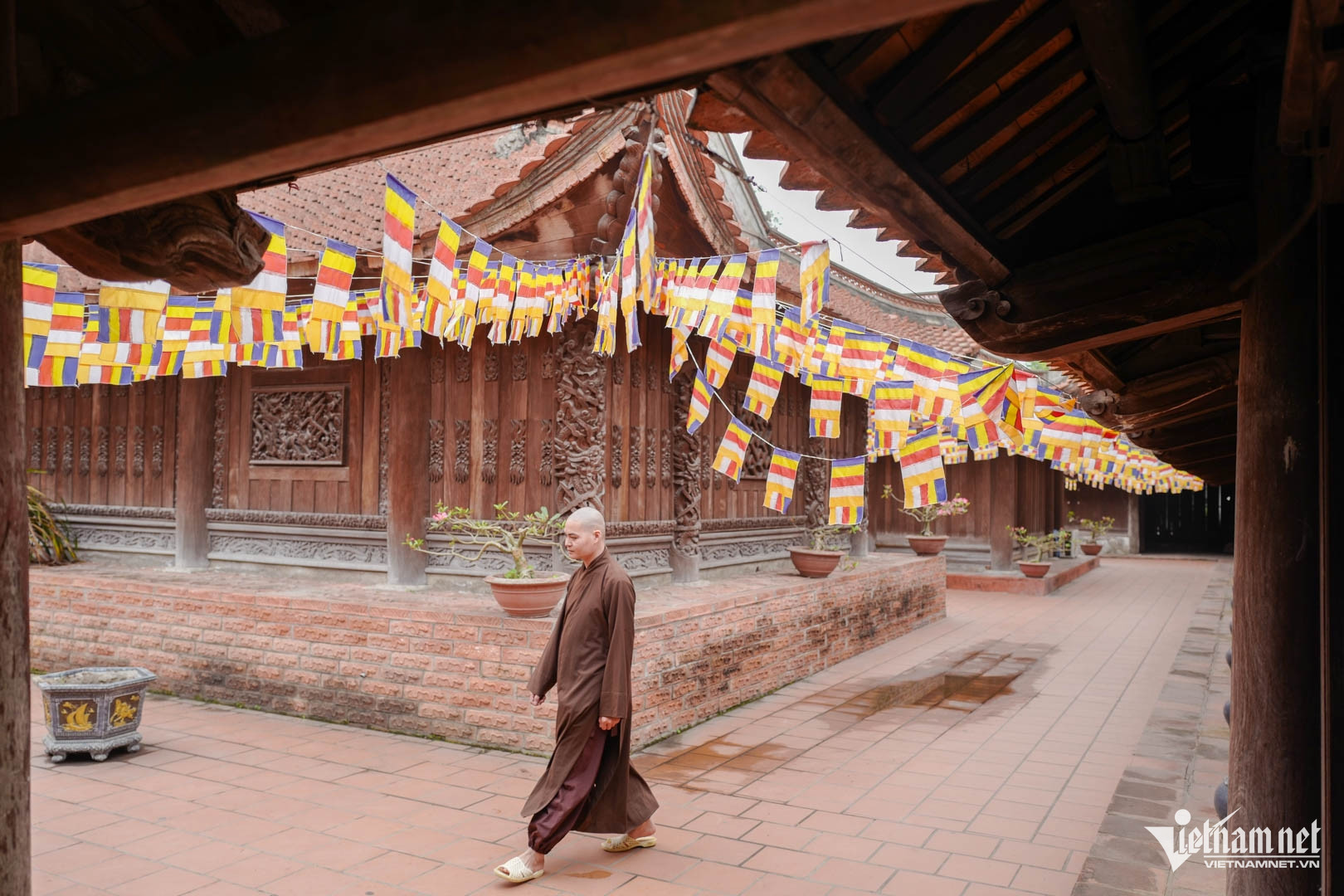
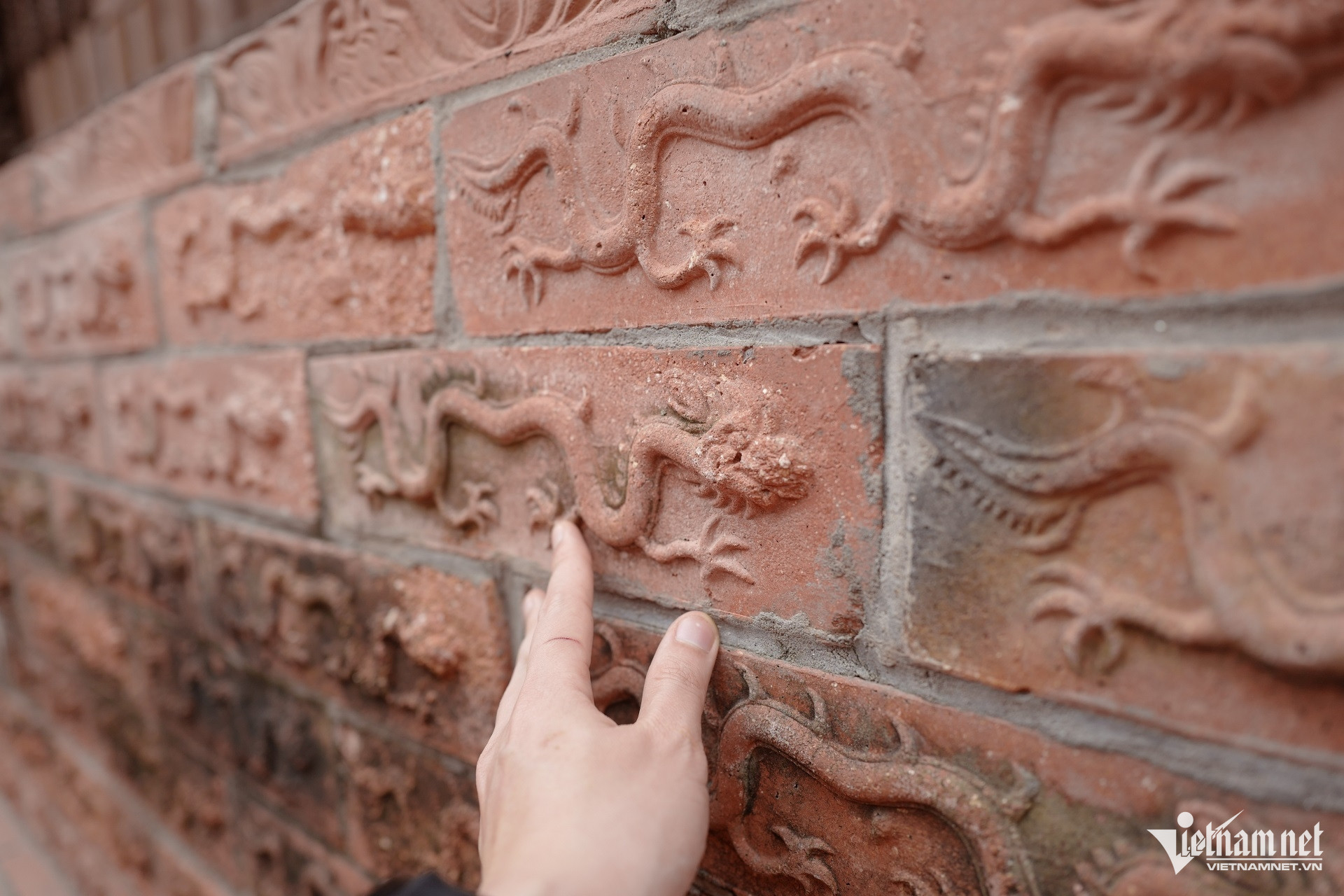
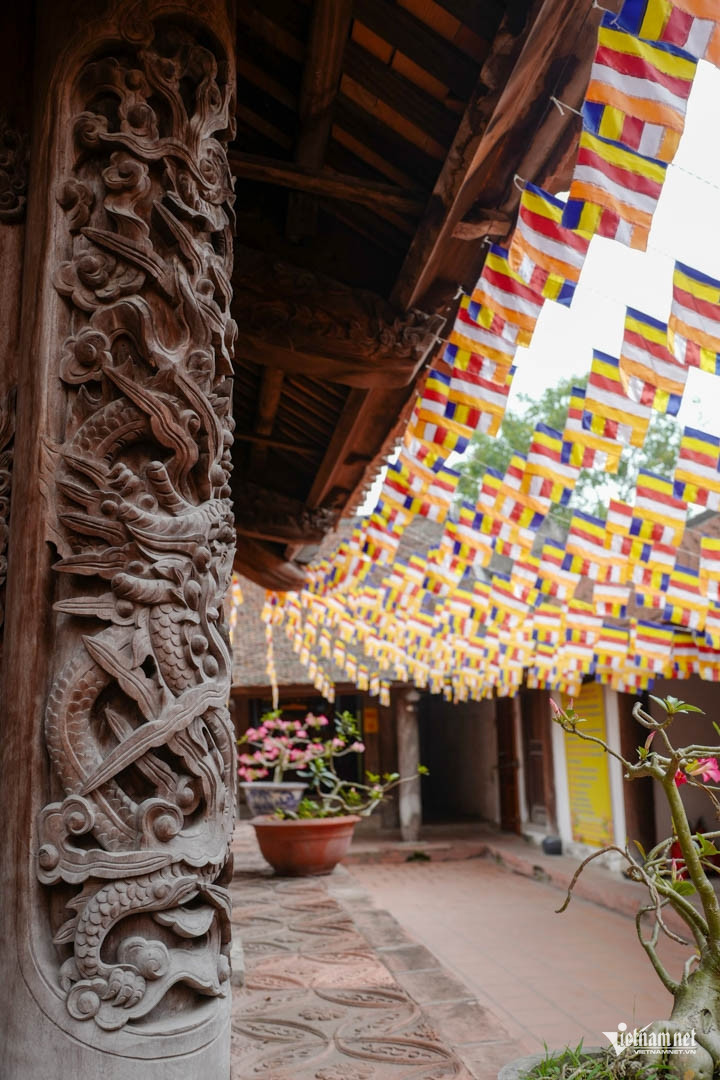
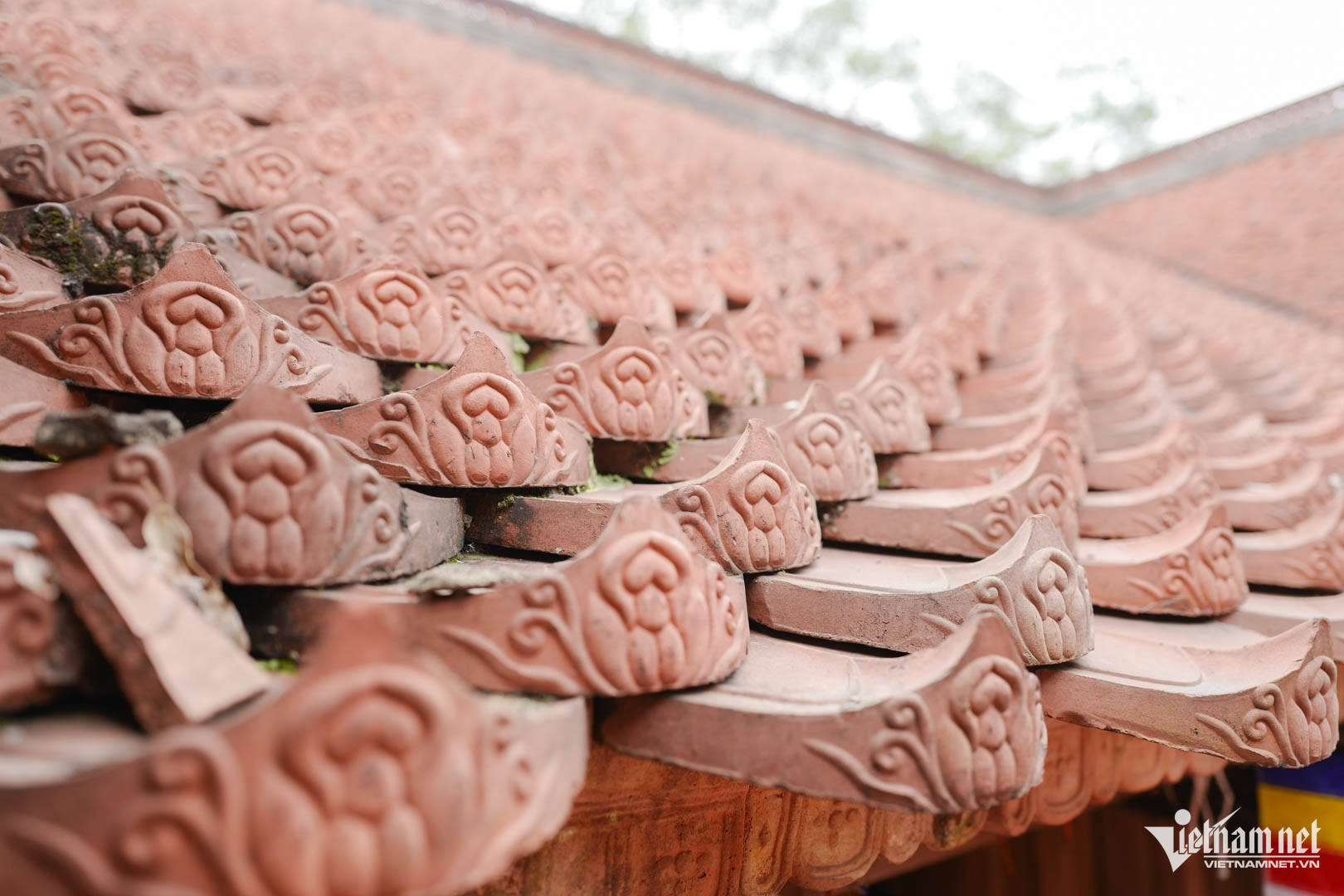
Inside, buildings form the shape of the Chinese character Khẩu (mouth), enclosing the Tam Bao hall arranged in the traditional Tien Phat, hau Thanh format (Buddhas in front, saints in the rear).
A smaller sanctuary, once used for public worship, sits to the left of the main temple. It’s connected by a stone bridge and features a rare six-armed green stone statue of Avalokiteshvara.

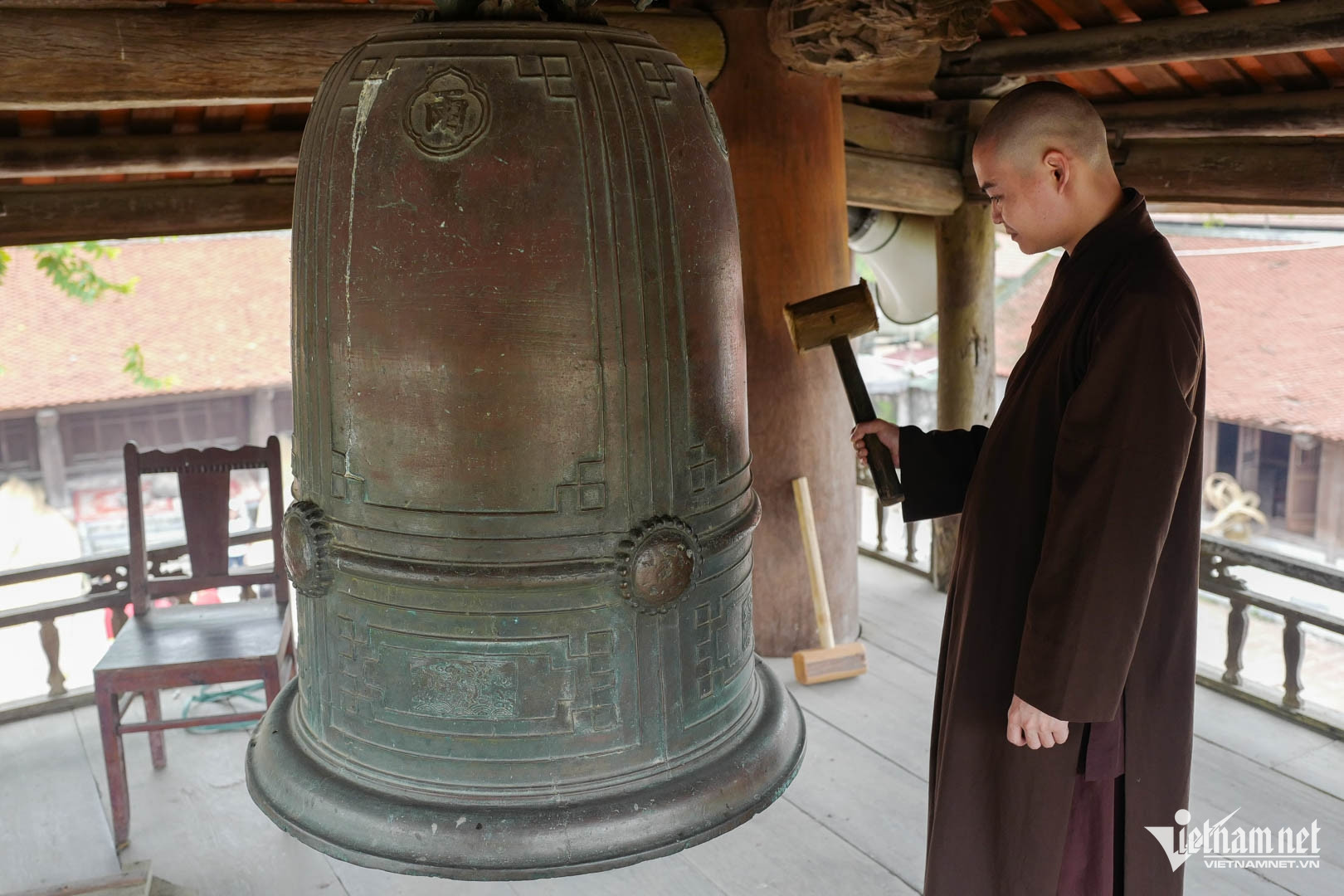
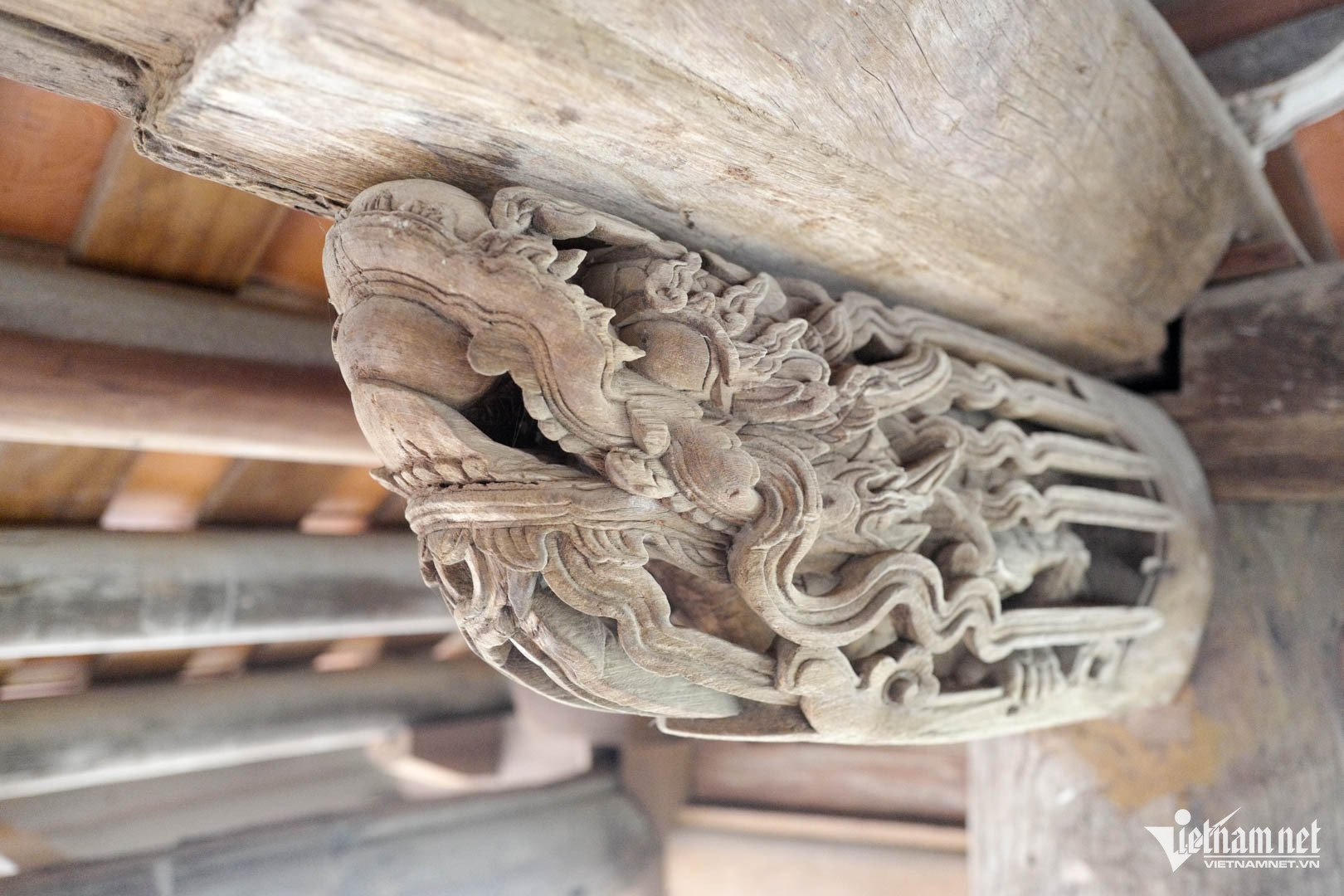
Despite fires and floods, much of the wooden architecture, including centuries-old ironwood beams, remains original. The Arhat statues have grown more lustrous with time and devotion.
Dau Pagoda was designated a Class A national historical and artistic monument in 1964. It houses six 16th-century steles, a bronze gong from 1774, two gilded wood plaques with poems by Lords Trinh Can and Trinh Cuong, and Vietnam’s oldest bronze temple chronicle - recognized as a national record.
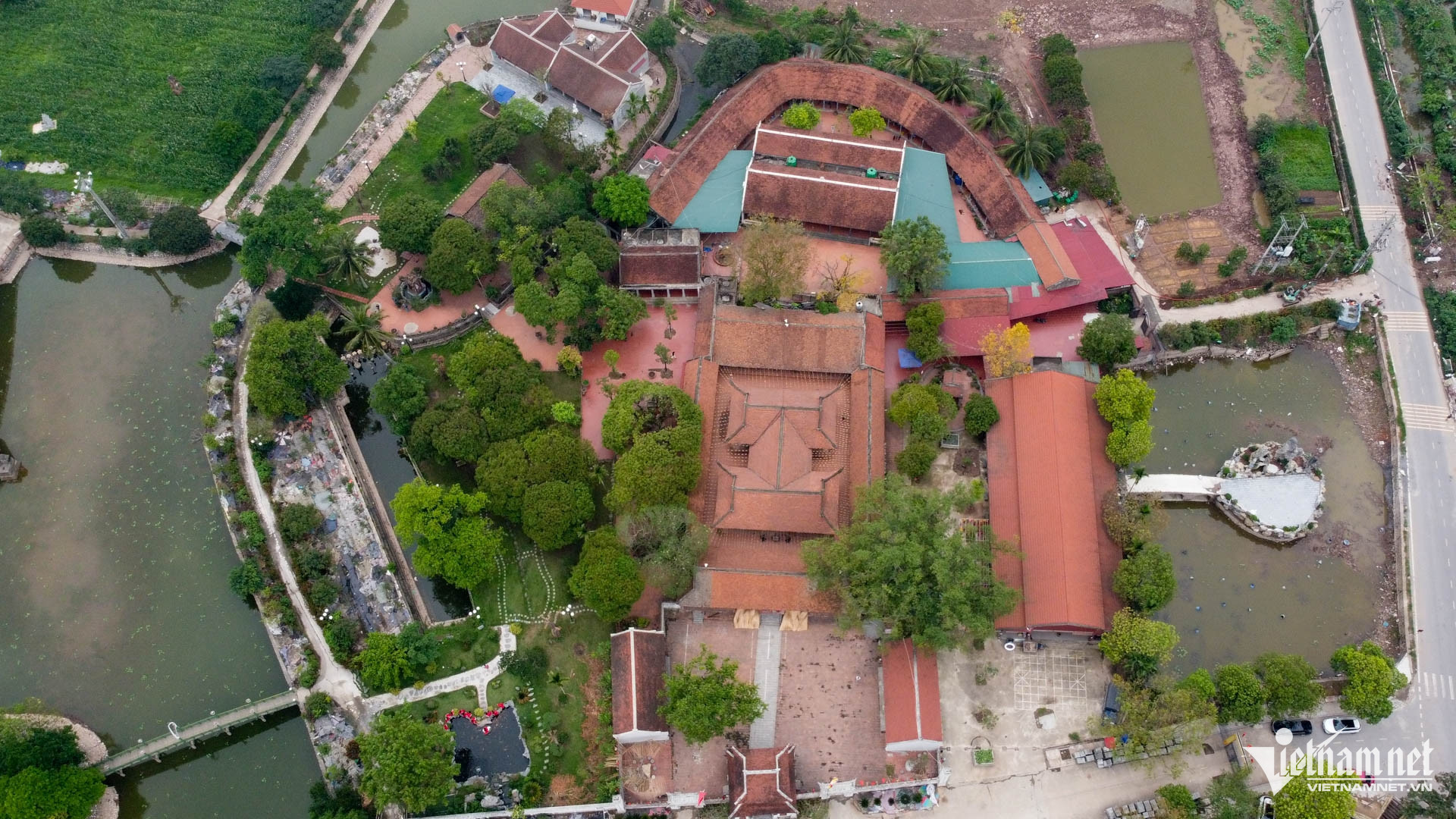
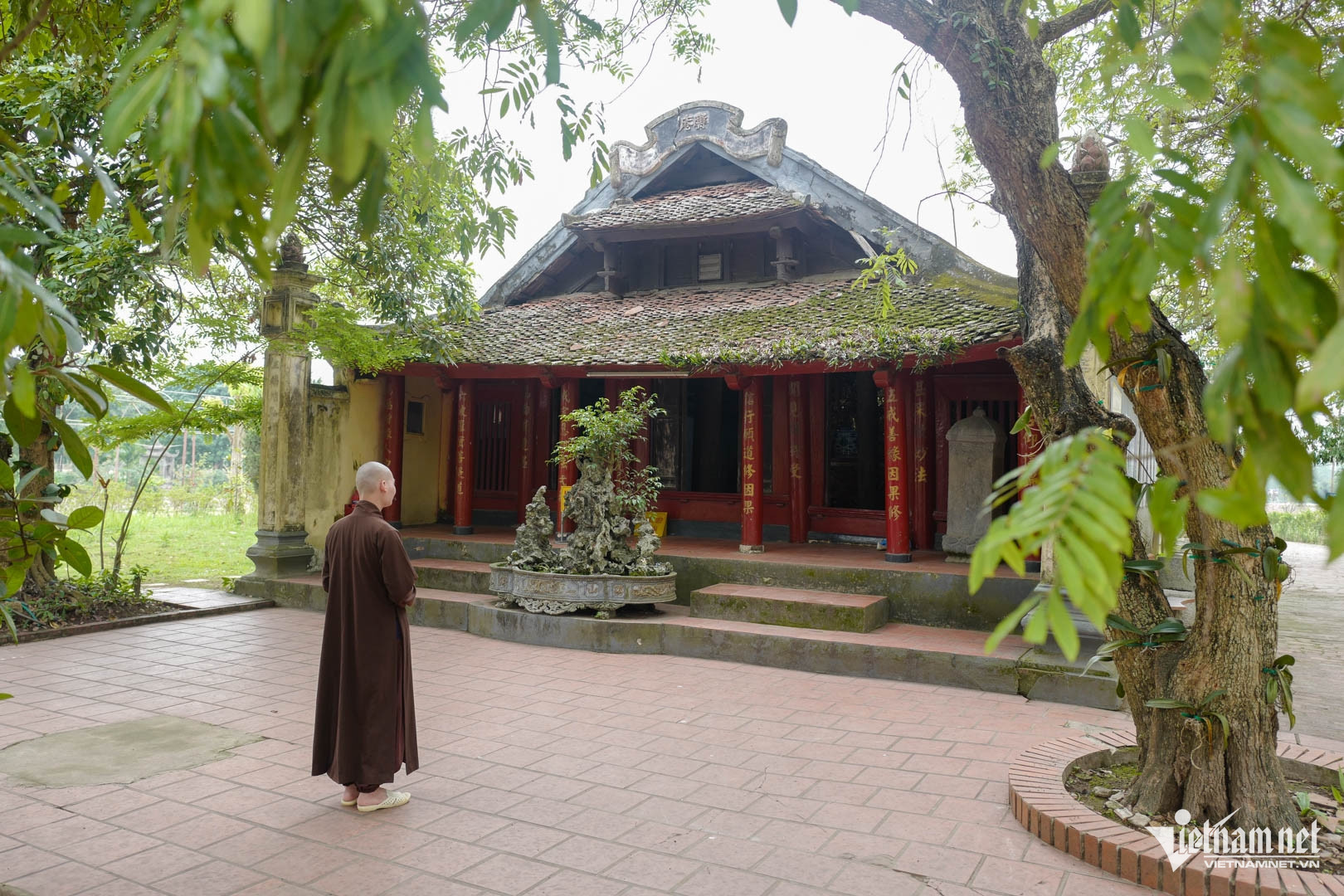
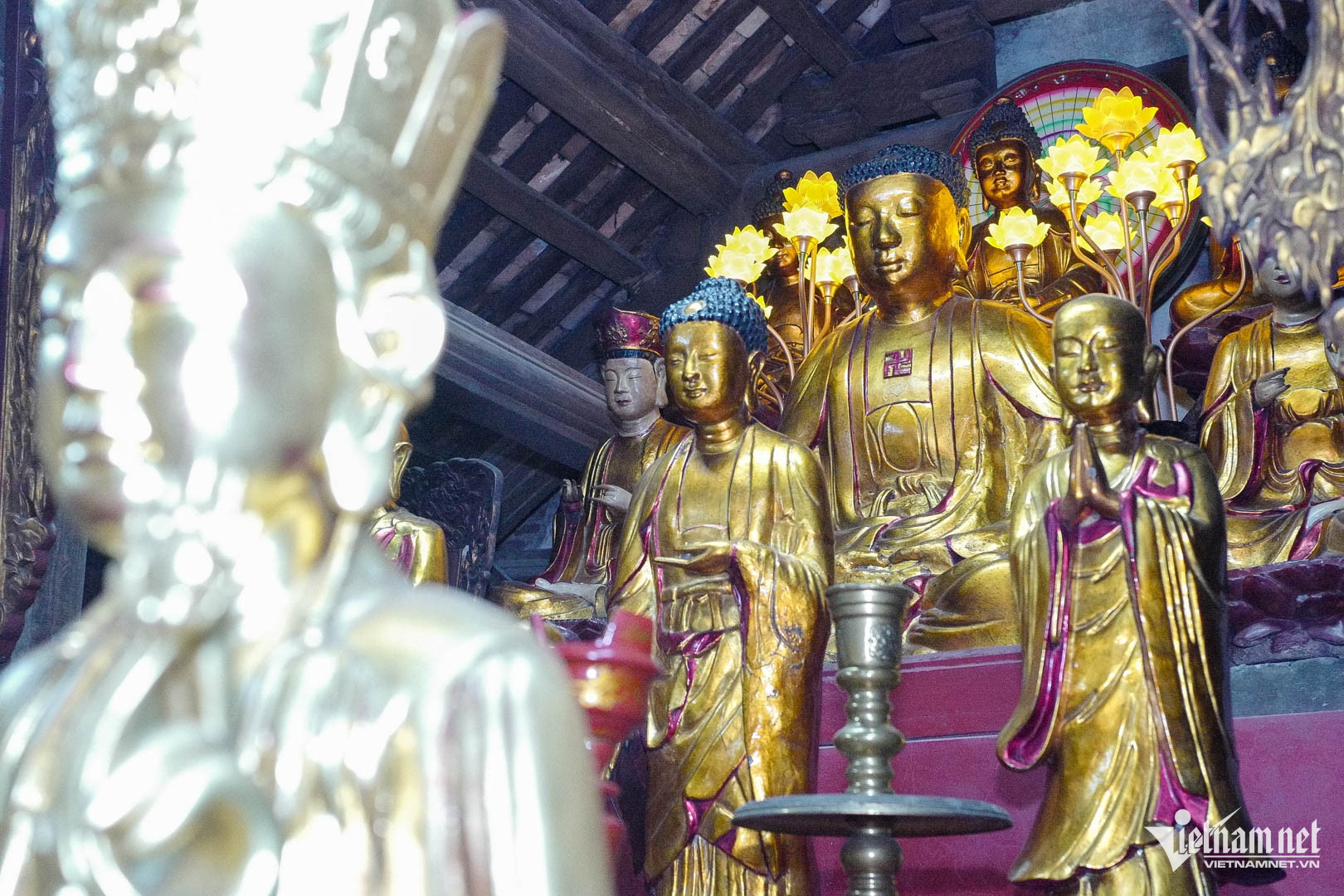
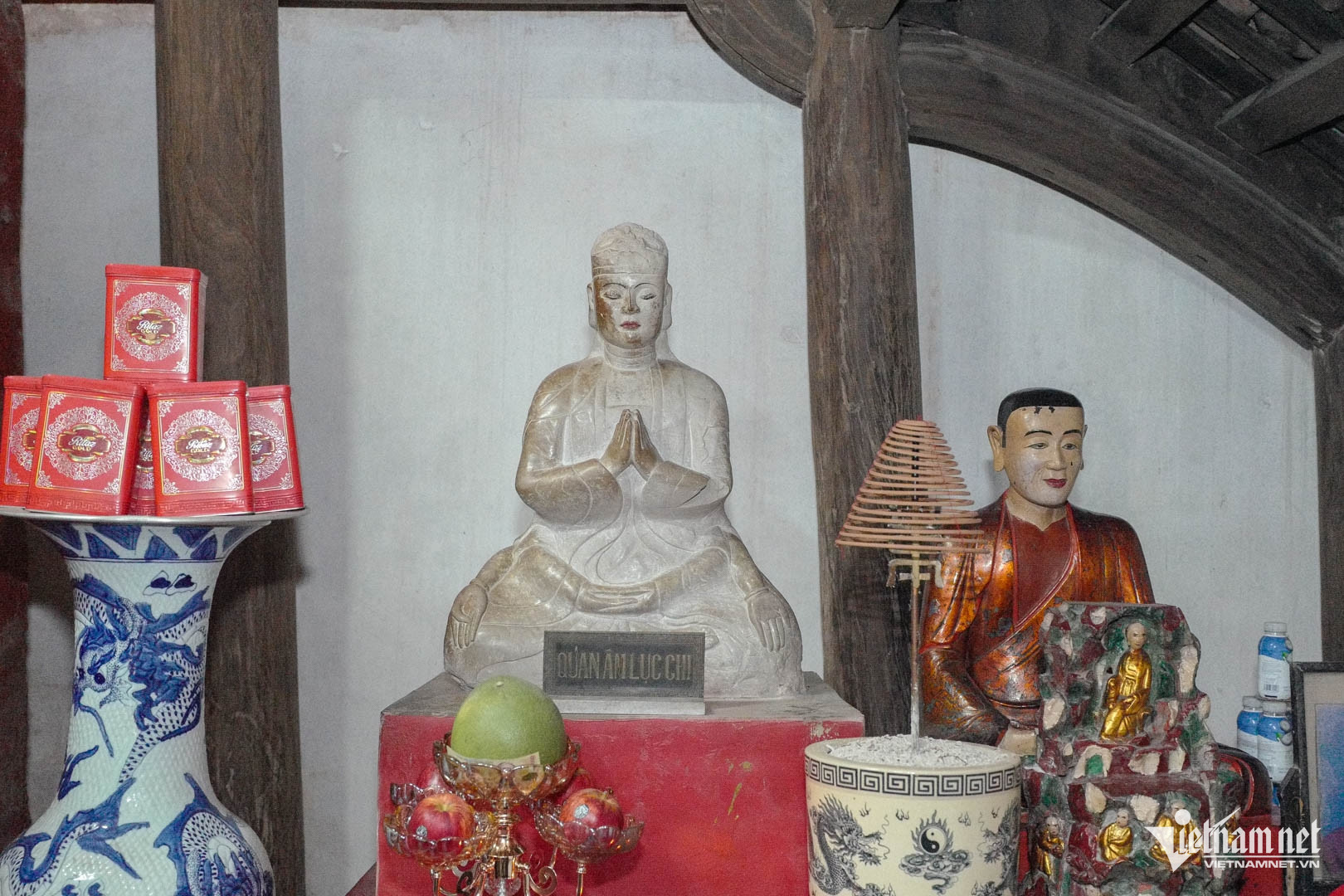
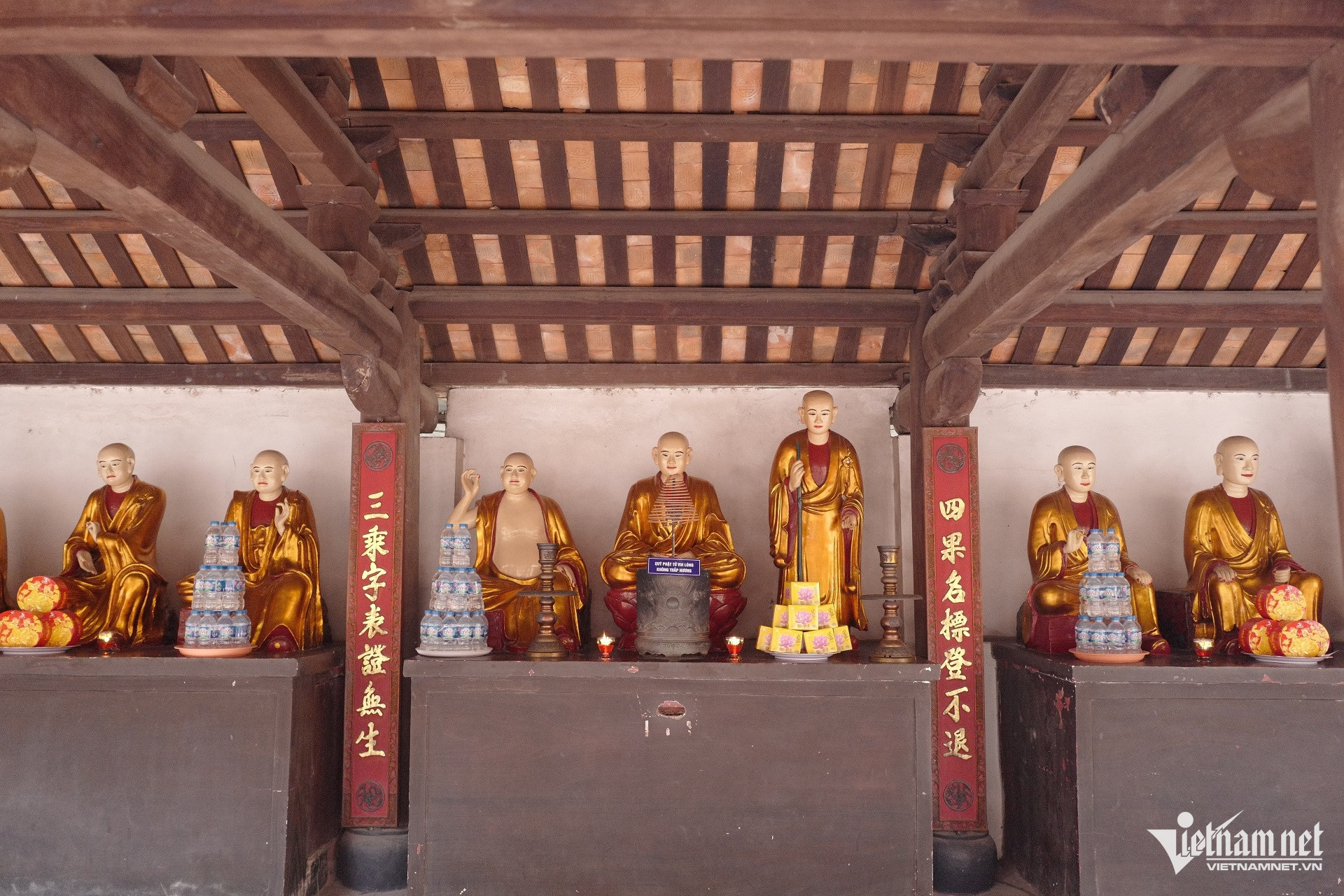

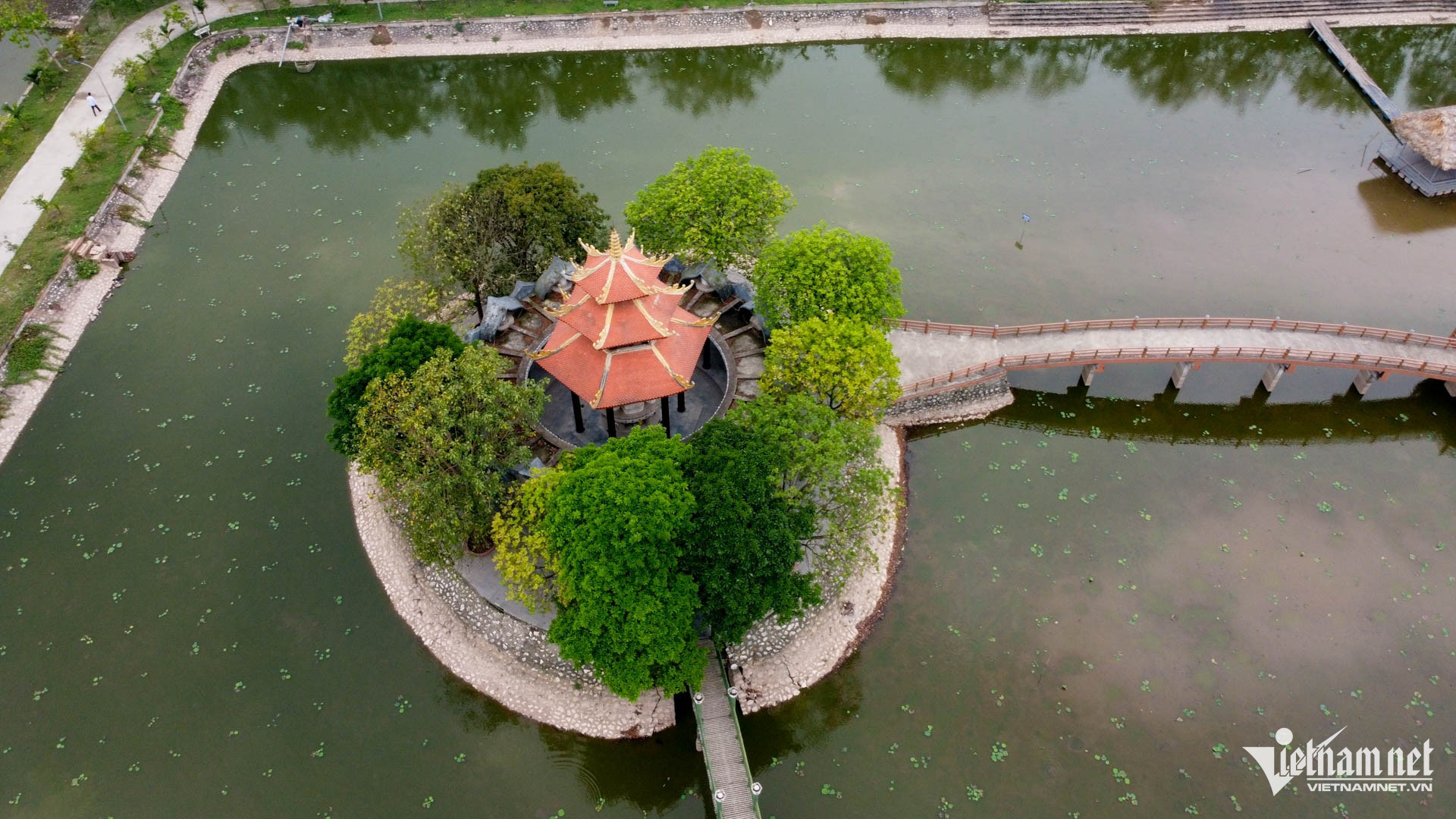
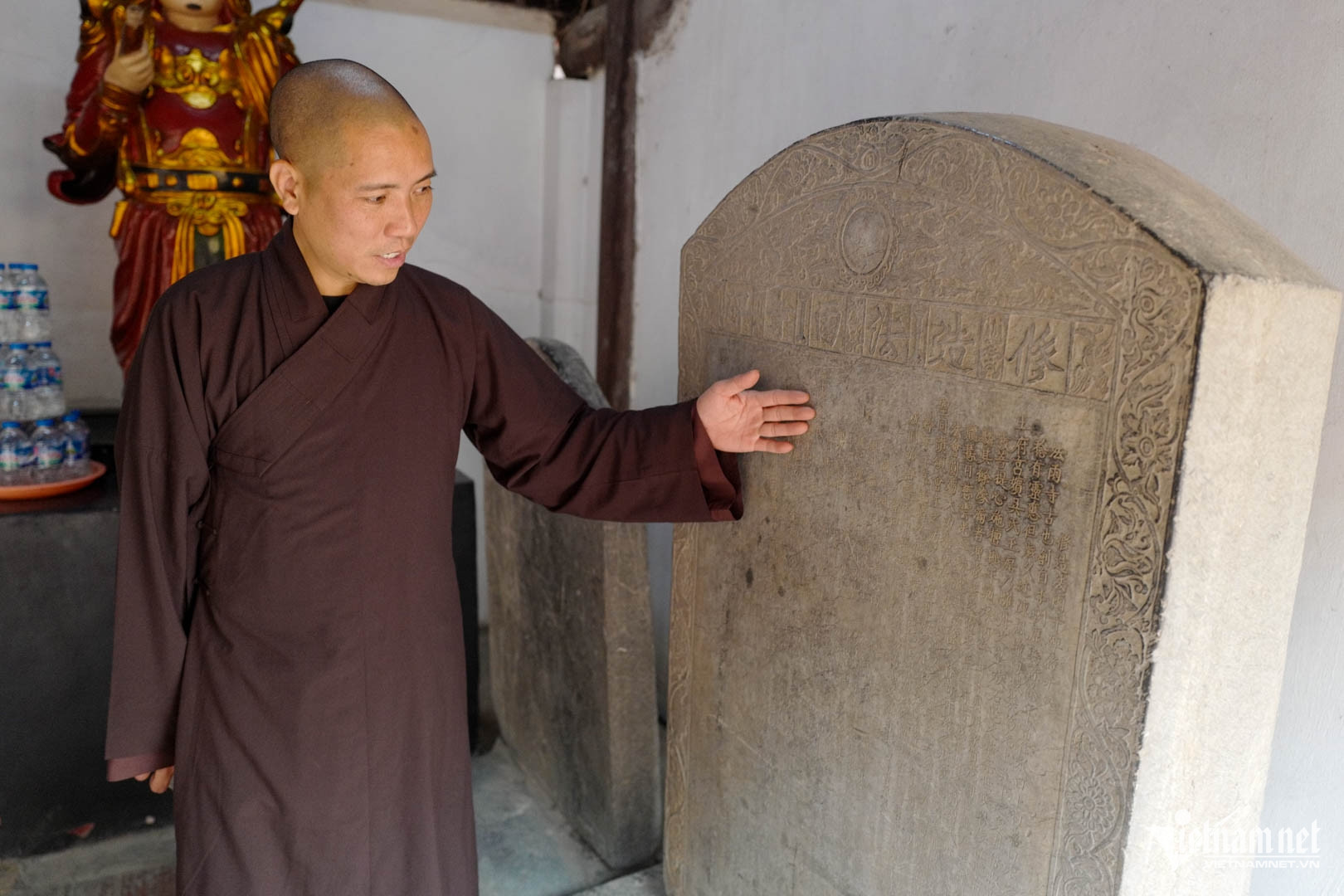
The enduring mystery of two full-body relics
Vietnamese Buddhism has recorded only four nhuc than (naturally preserved monk bodies). Two of them reside at Dau Pagoda: Zen Masters Vu Khac Minh and Vu Khac Truong, both abbots in the 17th century.
Records suggest they were either teacher and student or uncle and nephew. Vu Khac Minh entered final meditation and passed away in 1639, instructing disciples to open his chamber only after the sound of the wooden bell ceased. If his body had decayed, they were to seal the chamber with earth; if not, they were to preserve it with lacquer.
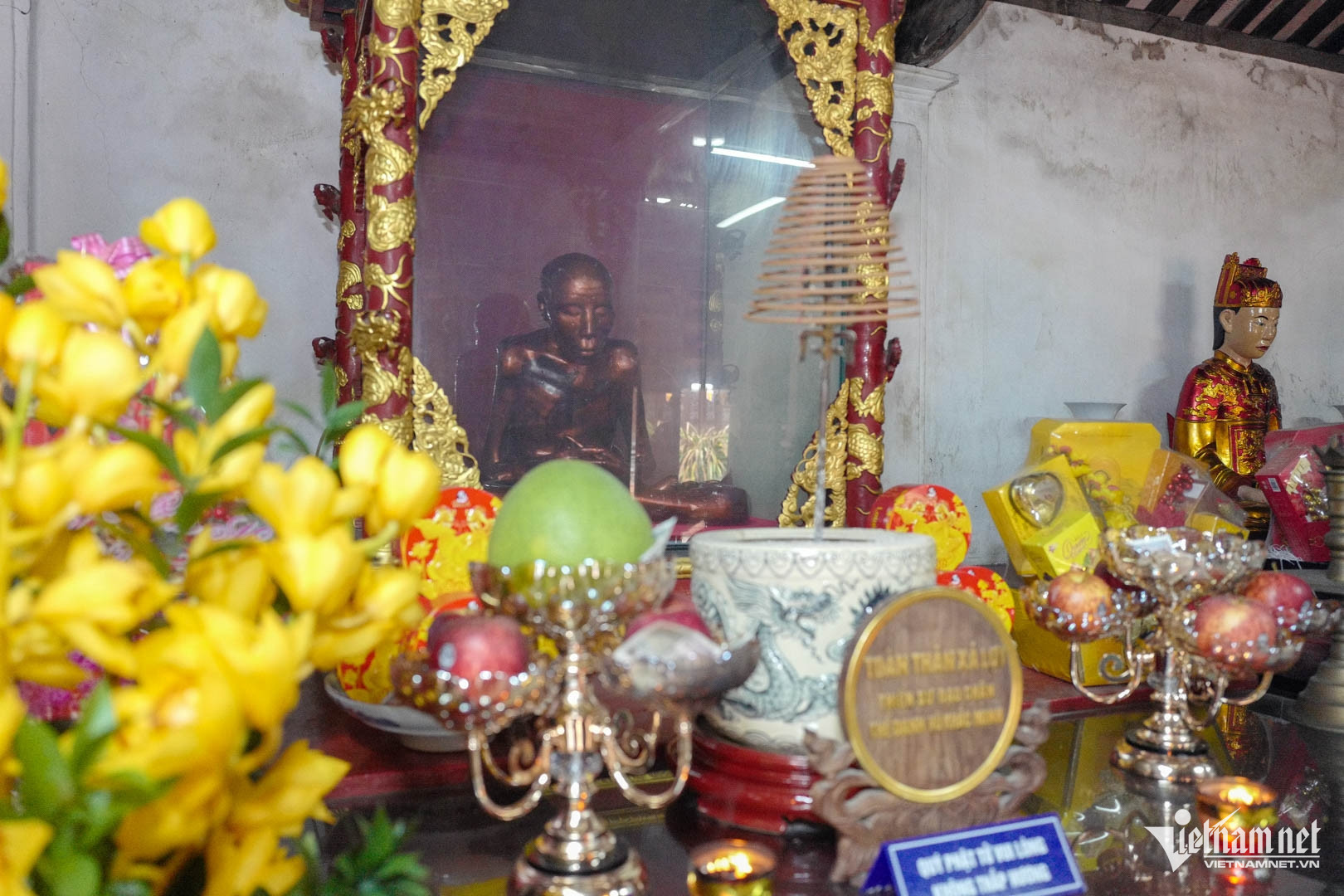
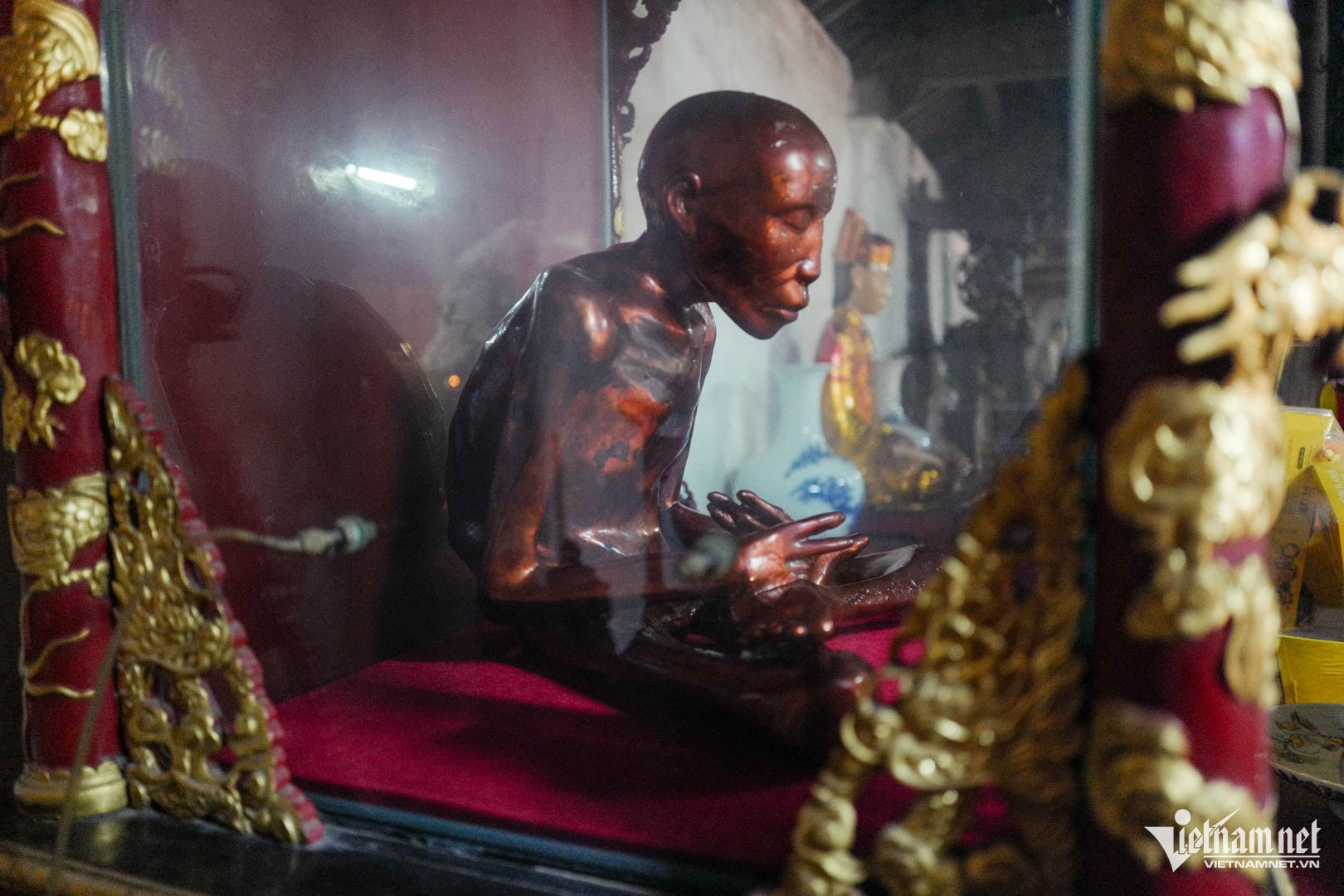
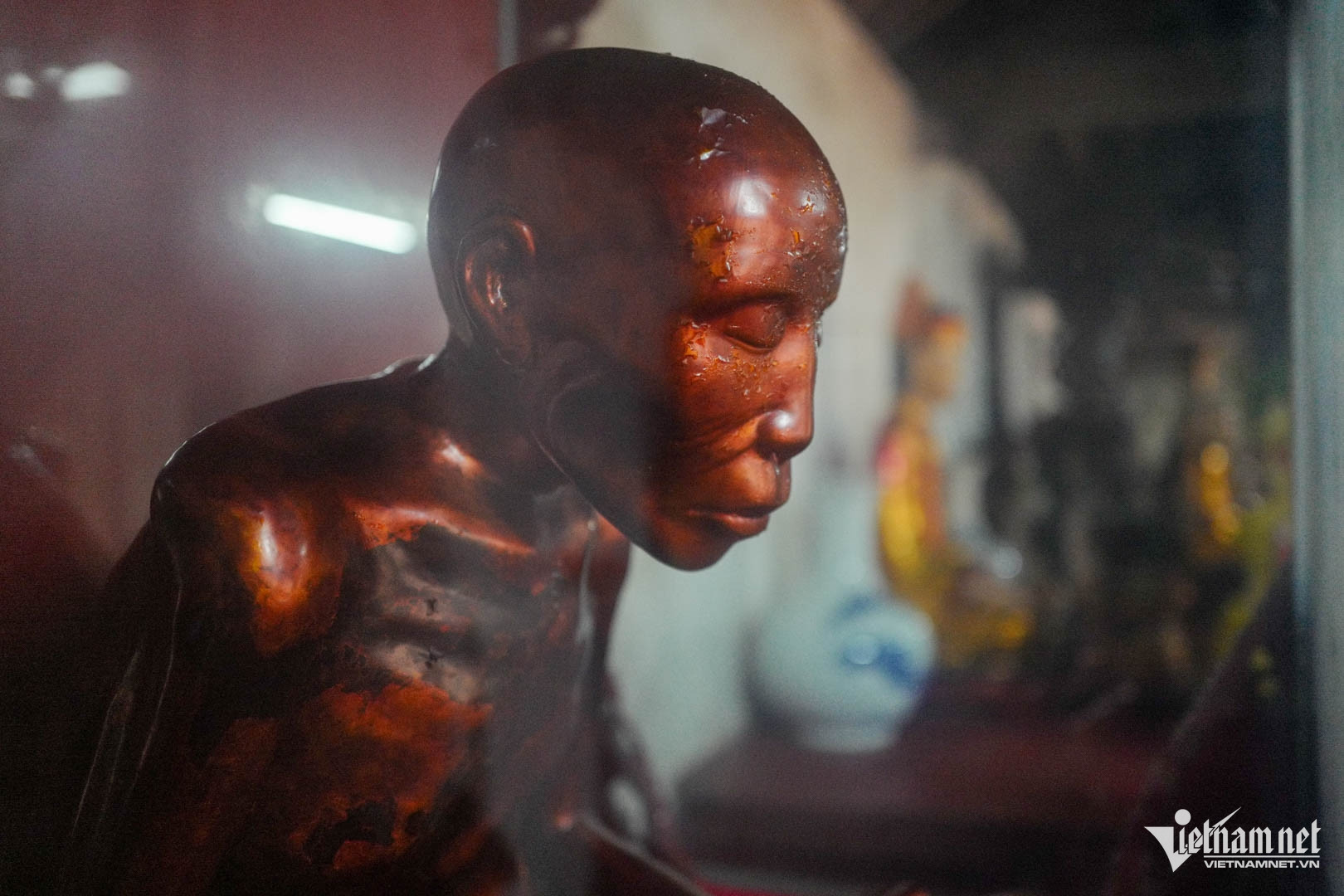
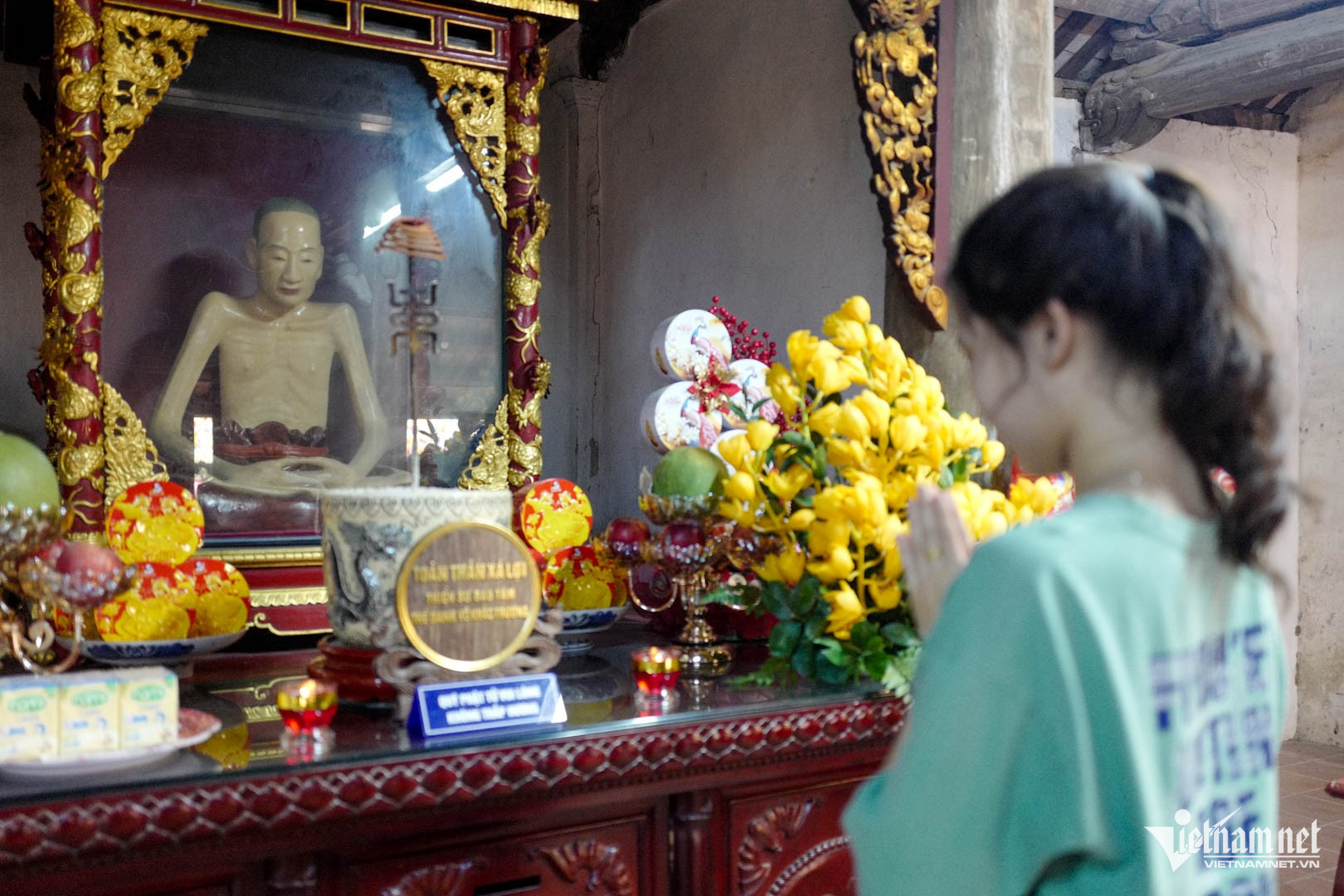
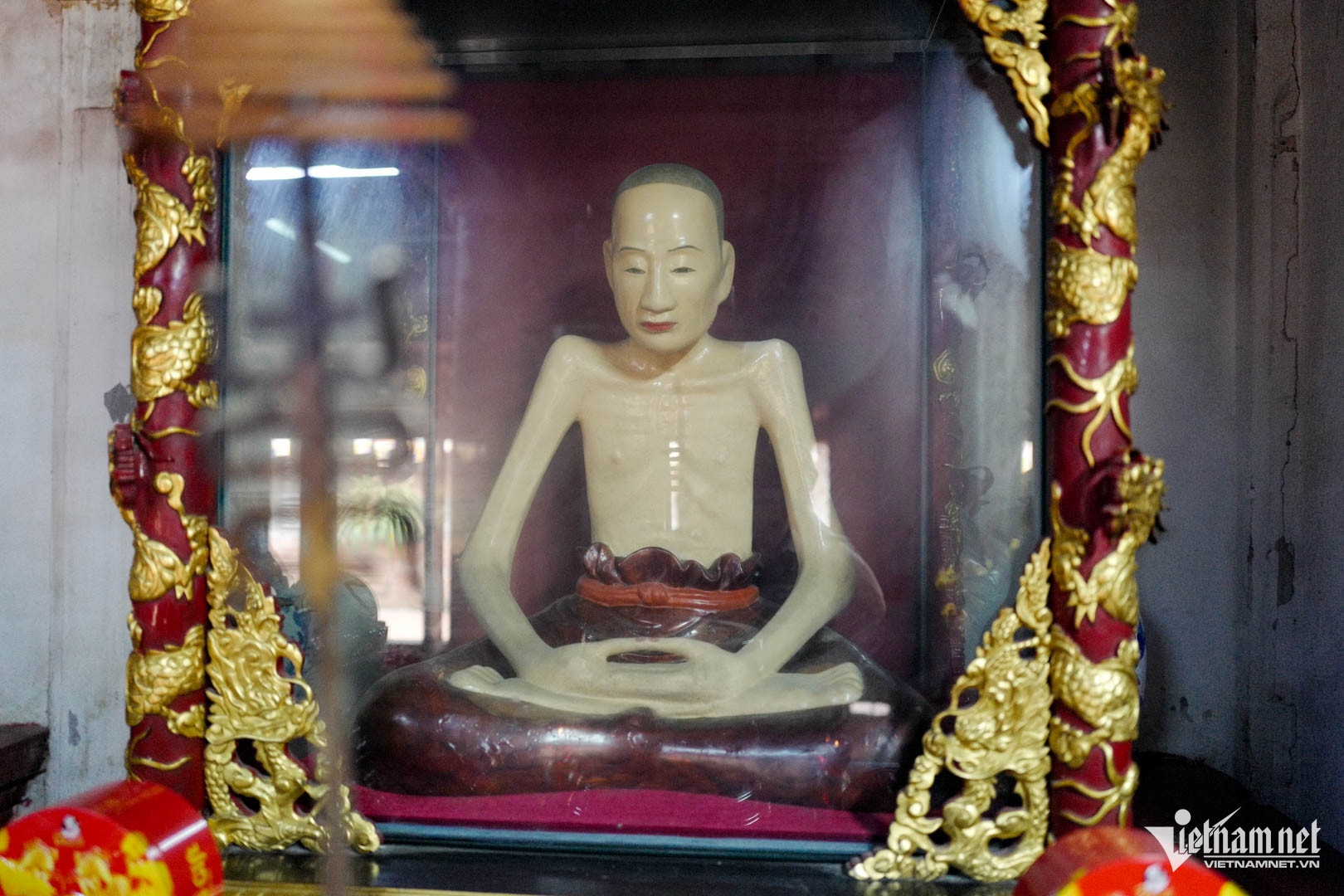
Ten years later, Vu Khac Truong followed a similar path. Nearly four centuries later, both bodies remain intact and seated in meditation, astonishing scientists.
In 1983, the relics were X-rayed at Bach Mai Hospital. Experts confirmed no embalming, no removal of organs or brain matter, and all joints remained naturally intact. The monks’ brains were still visible inside the skull.
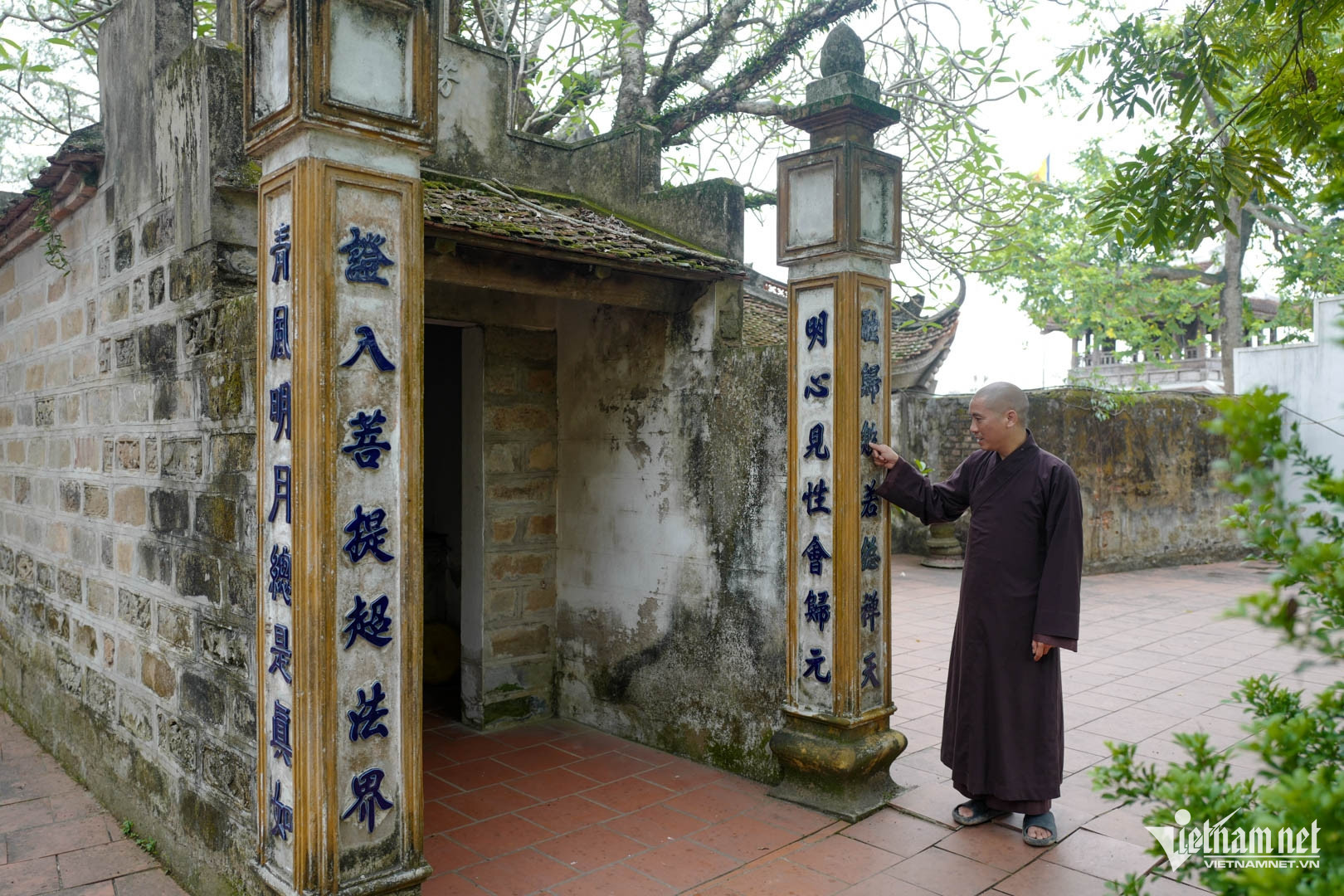
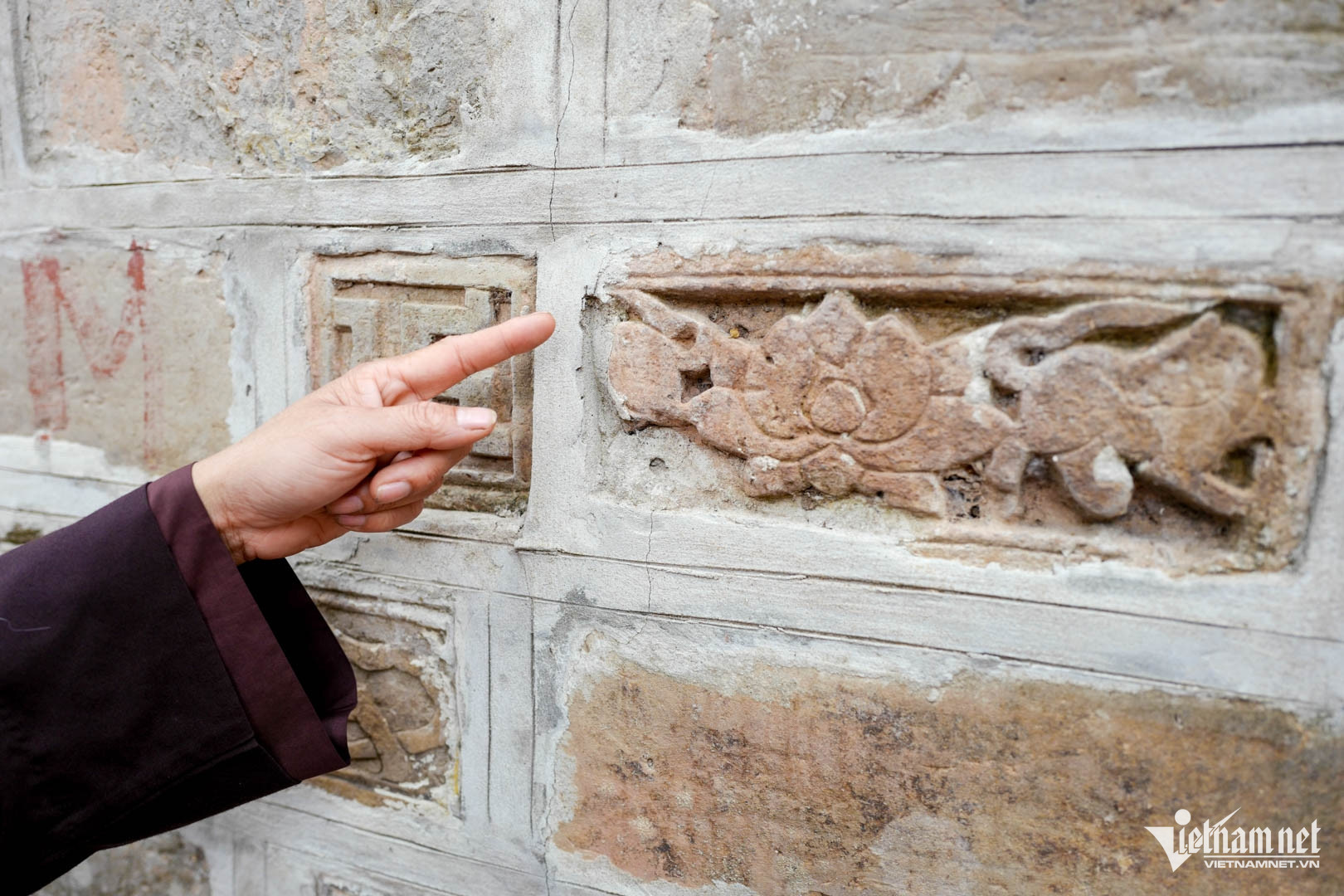
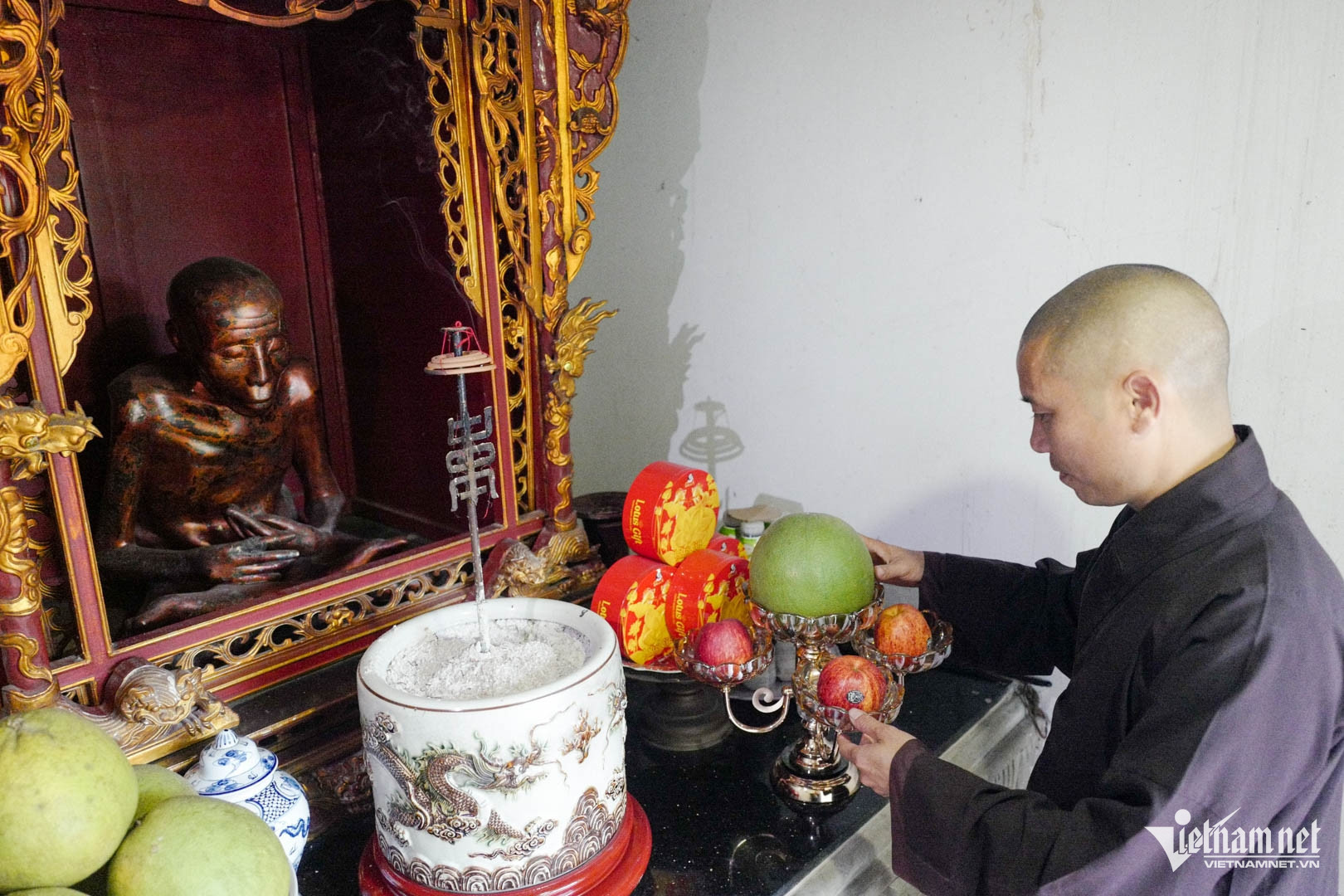
According to tradition, both monks meditated for 100 days without nourishment, allowing their organic matter to gradually decompose until only skin and bones remained - entirely naturally. Each body weighed about 7 kilograms at the time of examination.
In 1983, the bodies were coated with a 0.03mm layer of lacquer and moved to the ancestral hall. In 2003, they were reinforced and enclosed in nitrogen-filled glass cases. However, Venerable Quang Minh now observes signs that the nitrogen may have dissipated and believes the relics could return to natural storage, as they had endured for centuries without artificial aid.
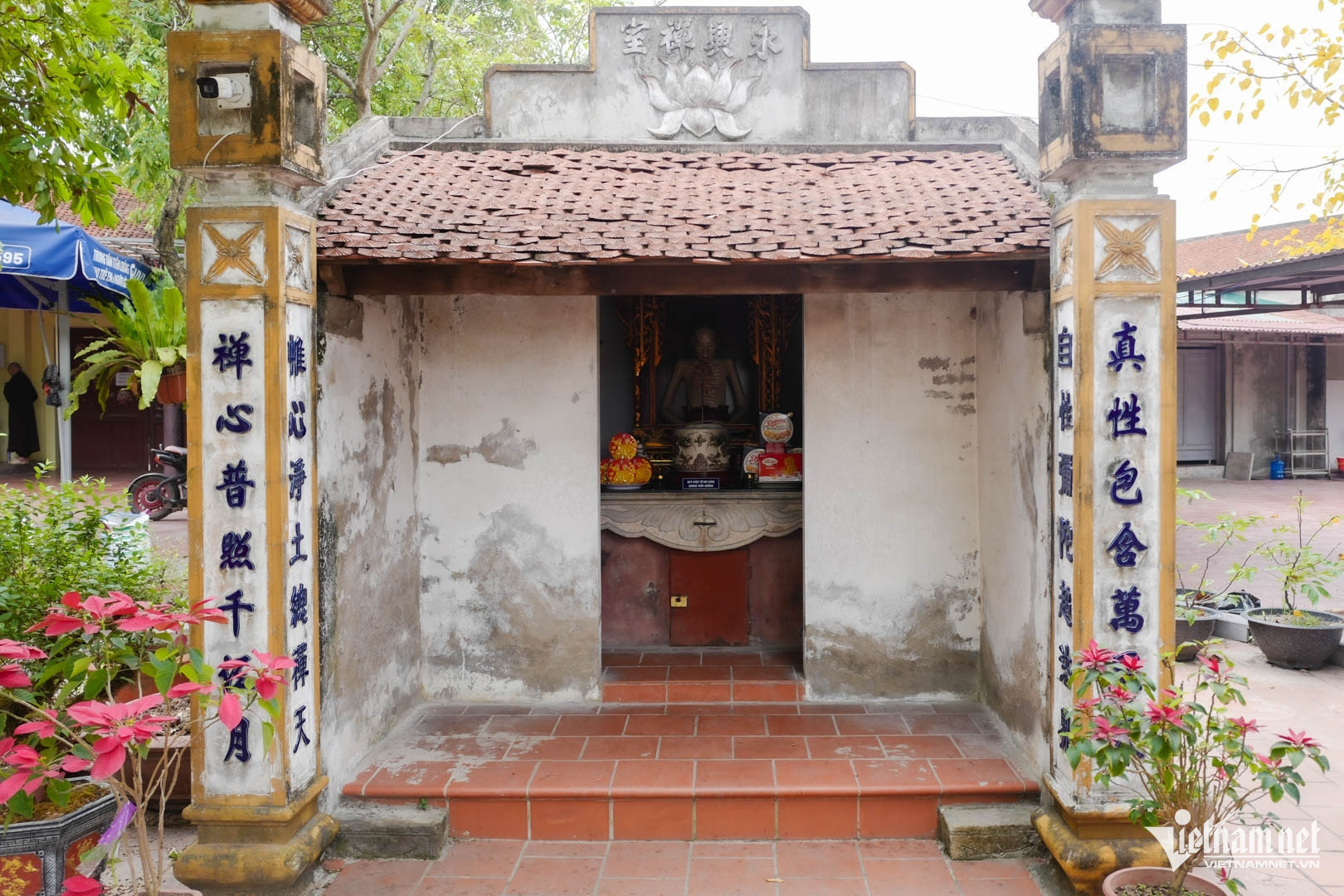
The meditation hut of Zen Master Minh still stands under a massive frangipani tree. Zen Master Truong’s hut was rebuilt after being swept away in a flood years ago.
In April 2025, at the academic seminar “Dau Pagoda (Thanh Dao Tu) and the Legacy of the Vu Zen Masters in Vietnamese Cultural History”, Prof. Dr. Nguyen Van Kim urged increased preservation efforts and recommended a full condition assessment of the relics every 3–5 years, especially given the risks posed by climate change.
Dau Pagoda continues to captivate pilgrims and researchers alike - an enduring monument of Vietnam’s spiritual and cultural heritage.
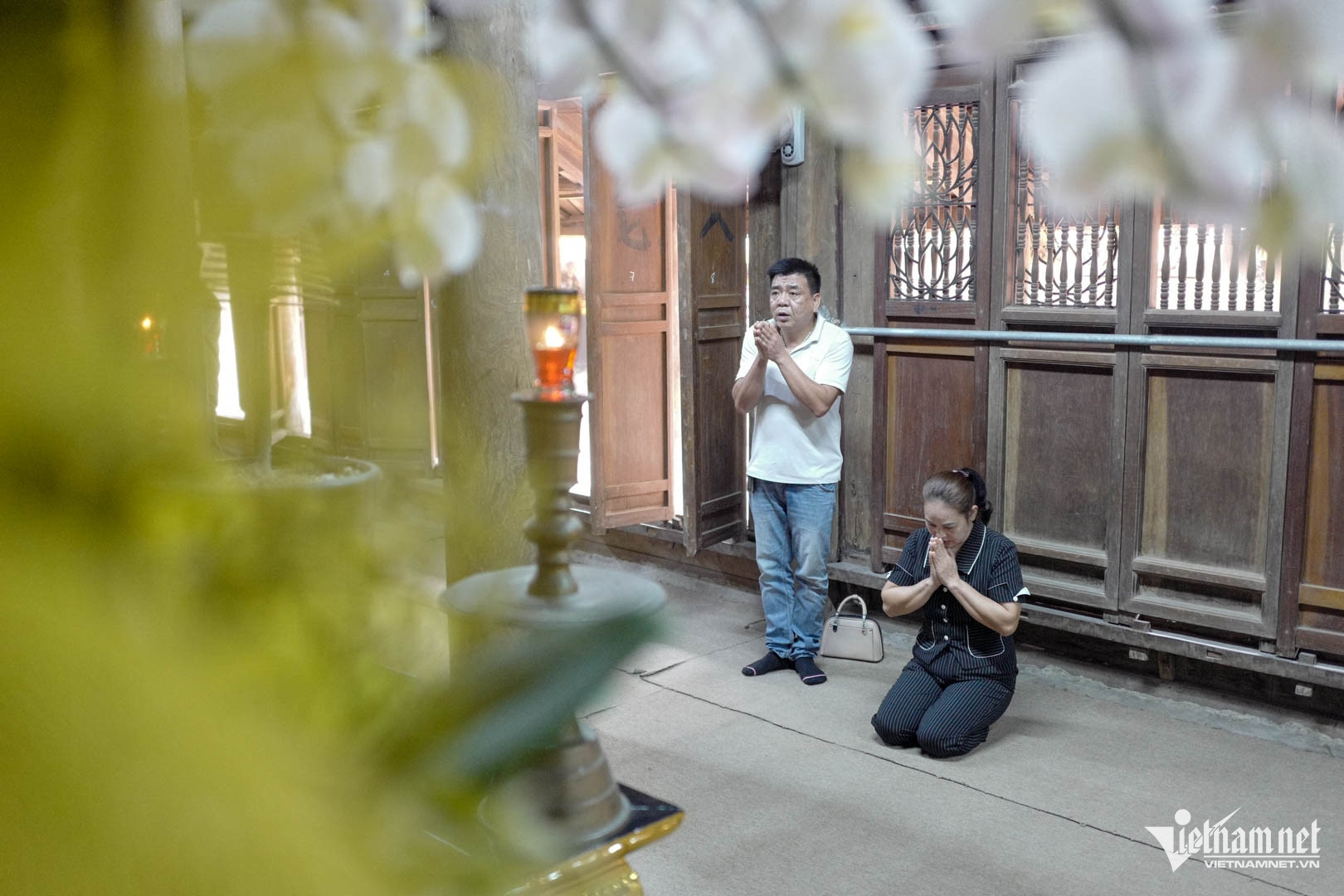
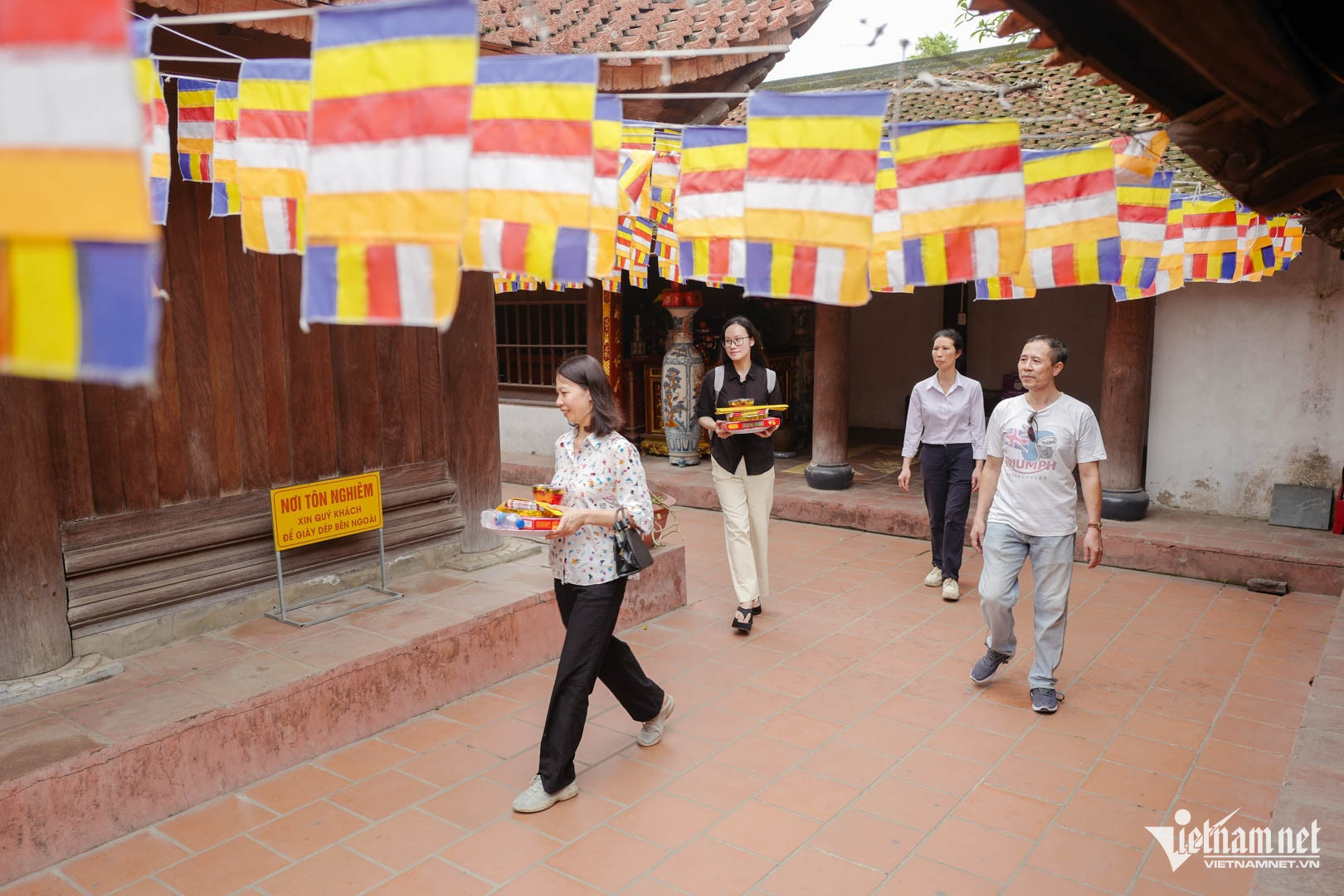
Linh Trang